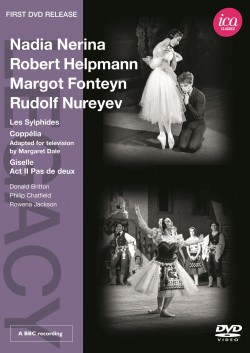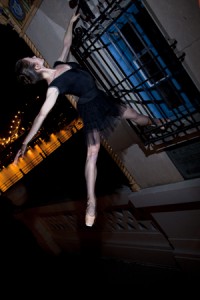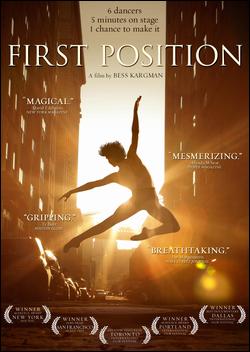Weightless is a collection of percussion and synthesized music for modern and contemporary dance class. The fifteen tracks on this CD range from 4:23 to 5:14 in length and 55-190 beats per minute. The first half of the disc’s tracks are all in 4/4 time. The mysterious and driving “Nautilus;” cool, weighty “Daydreamer;” and peppy “Sweet and Sour are a few of my favorites. The second half of the CD throws out some surprises: the chaotic “Underworld” in 7/8 time and “Breathe” in 5/4. Weightless blends the sounds and rhythms from a variety of world music styles from Latin to African to Eastern, all wrapped up in one sleek, dynamic package.
Weightless, Music for Contemporary Dance, Sam Bell and Dan Brown










